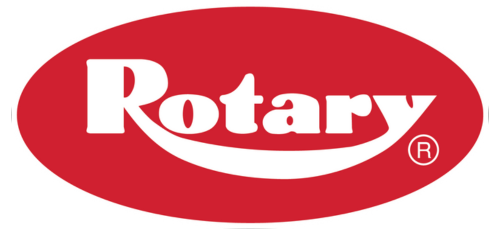 Safety is a priority at every shop, and when it comes to lifting heavy-duty trucks, it’s even more important. When they’re operated correctly, truck lifts can actually reduce injuries. Using a lift designed to hoist very heavy vehicles is much safer than rolling under them with a creeper or using a makeshift lift solution. But you need to make sure you’ve got that correctly part down. Start by following these safety tips.
Safety is a priority at every shop, and when it comes to lifting heavy-duty trucks, it’s even more important. When they’re operated correctly, truck lifts can actually reduce injuries. Using a lift designed to hoist very heavy vehicles is much safer than rolling under them with a creeper or using a makeshift lift solution. But you need to make sure you’ve got that correctly part down. Start by following these safety tips.
Choose Wisely
The path to safety starts at the very beginning. That means choosing a lift you know you can trust. Look for a lift that meets ANSI/ALI safety standards. Those that do will carry the “ALI Certified/Validated by ETL” label. That label lets you know it’s been third-party tested to meet safety and performance standards.
The second part of this tip is to buy the right lift for the job. It’s important to never, ever load your lift over the weight limit, so be sure to carefully consider what type of lift you need. Then choose one that can handle even your heaviest jobs. Other safety features to look for when shopping around include:
- Mechanical locks
- Automatic wheel chocks
- Shatter-proof light shields
- Safety strips
- Automatic synchronization
- Emergency stop buttons
- Non-skid ramp surfaces and runways
- Lockable disconnect switches
- Multi-position locking systems
- Shutter plates that keep floor openings for inground lifts covered and move with the lift
For more information on choosing the right lift for your shop, see our free Heavy-Duty Resource Guide.
Provide Adequate Training
Even with built-in safety features, it all comes down to proper usage. That’s why it’s vital to put together a training plan. Ask your distributor for several lessons when they install your lift, and make sure every new tech who comes in receives proper training, as well. And don’t stop there. Keep safety top of mind with regular training updates and posted reminders about properly using your specific lift.
Keep up with Maintenance and Inspections
Even well-engineered lifts require upkeep and repairs. Stick with recommended maintenance for your lift, and if you add accessories or replace parts, make sure they’re approved with the original manufacturer. Imitation accessories or parts may not meet the exact specifications required by the lift, which is risky. Adding an element of uncertainty isn’t a good idea, especially when you’re introducing it to a complex machine that’s holding up another very heavy machine. Need more convincing? Our Rotary Lift Genuine Parts Guide has more details about why it’s smart to pass on imitation parts.
 And finally, make sure to have your lifts checked by a qualified lift inspector at least once a year. An ALI-certified inspector can ensure that your lift is in good working order and that it’s safe to continue using. We have more than 100 Rotary-affiliated inspectors in the ALI-certification program who can help ensure your lift is up to par. See our full list of inspectors to find one near you.
And finally, make sure to have your lifts checked by a qualified lift inspector at least once a year. An ALI-certified inspector can ensure that your lift is in good working order and that it’s safe to continue using. We have more than 100 Rotary-affiliated inspectors in the ALI-certification program who can help ensure your lift is up to par. See our full list of inspectors to find one near you.
The thought of suspending 18,000 lbs. above your head can be a little intimidating. But the truth is, it doesn’t need to be. When you follow the recommended usage guidelines and maintain your heavy-duty lift, you can trust it to hold steady for years to come.
Ready to get started with the best lift for your shop? Download our Resource Guide now.
{{cta(‘b8cf1814-3102-4e80-b1e7-c03448a8273f’,’justifycenter’)}}
